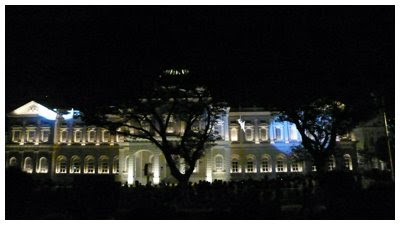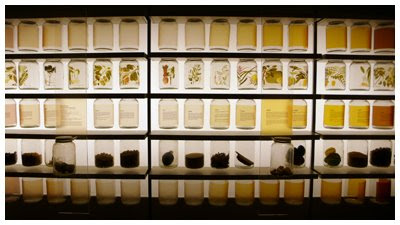the weekday routine;
Western Art History
The pivotal events and achievements that define the western canonical tradition in the visual arts and design are surveyed in this subject. The unceasing quest to give form to ideas is traced from the pictographs on the walls of Lascaux to classic western civilizations through to the period around the French revolution in late 1790s. Through lectures, discussions, research, video screenings and studio projects, students are introduced to the creative thinkers, important innovations and revolutionary technologies that have shaped the evolution of visual arts and the impact on societies in the western world.
Foundation Drawing 1
This studio subject aims to develop students' ability to render figures and to refine drawing skills. Working primarily in dry mediums, students use line and tone to develop an understanding of proportion, structure and anatomy of the figure. Drawing exercises reinforce techniques for rendering light and shade, soft and hard edges, gesture, volume and composition. Assignments in observation and interpretation of the human figure are given to assist in the formulation of a personal approach to drawing the figure. Lectures and discussions of classical figure drawing and contemporary works are included.
2D Colour & Design Workshop 1
An exploration of concept development and problem-solving techniques to render design solutions on a flat surface is the focus of this subject. Understanding design concepts is emphasized through assigned projects in abstraction, contrast, rhythm, form and pattern. The subject also concentrates on attaining a practical understanding of subtractive and additive colour. Topics include colour systems, a fundamental vocabulary for analyzing and identifying colour and colour phenomena. Colour properties are explored through direct observation, demonstrations and exercises. Students research the significance and meaning of various colours in different cultures, and consideration is given to both the creative possibilities and cultural ramifications of the digital palette.
3D Design & Volume Workshop 1
Dedicated to the study of design in the three dimensions-height, width and depth-this studio subject addresses how to manipulate 3D forms and space. Working with a variety of media, students complete sculptural and architectural projects with considerations of structure, scale and function. Students also learn to construct and analyse 3D forms. Demonstrations in mold making, paper and cardboard construction, among other materials, is given.
4D Design & Time Workshop 1
The subject endeavors to introduce students to ways of understanding storytelling, narrative and visual communication of ideas, imagery and sound in time-based media in a variety of contexts that shape our lives. Students will learn types of narrative: literary, non-linear and multiple stream styles as used in cinematic creations and new media. This course will expand upon experiences of time as perceived from various cultural perspectives including ethnographic approaches toward storytelling. Descriptions of concepts like poetry and prose, musical performance with non-objective, abstract and representational visual presentation are examined. The conceptual development of working in time-based media is achieved through exposure to groundbreaking time-based artworks as well as introductions to applicable technologies with a focus on story telling.
Introduction to the Study of Literature
This module investigates some of the ways in which literary works not only express, but also foster our sense of modernity. It looks in turn at works from a number of major genres, including three very different short stories, a classic 'existential' novel, a selection of modern poems (with a focus on poetry written by women), a film (an ambivalent romantic comedy), and a landmark play that transformed the nature of modern drama. There will also be a session on critical writing. In an age in which traditional literary categories are being challenged and reshaped, in which social values and cultural identities are being invented and reinvented, we will consider ways in which some of the most important writers of the last one hundred and fifty years have challenged tradition, and produced works that have shaped contemporary consciousness.




















































